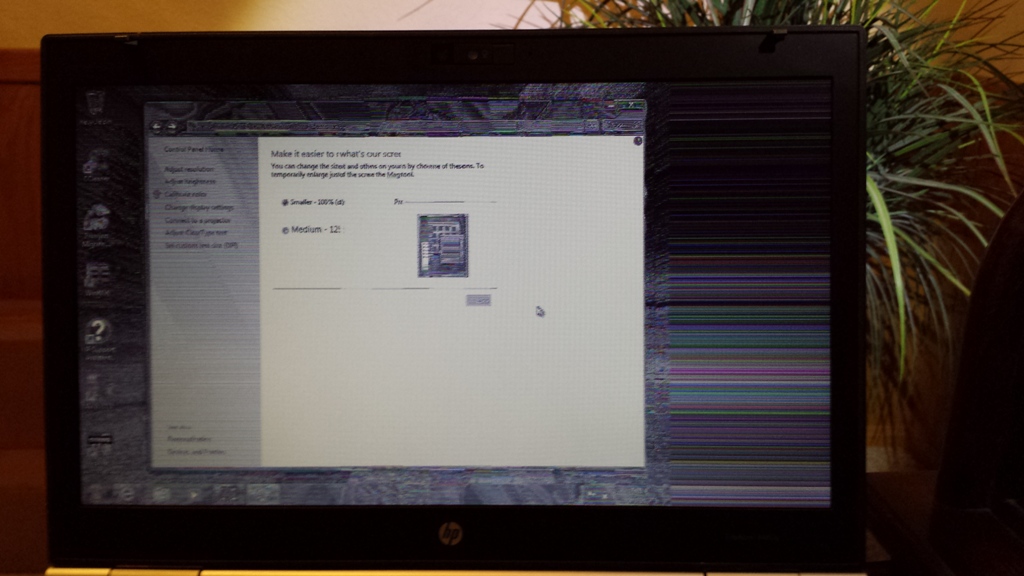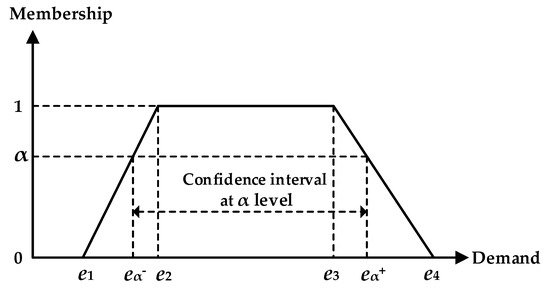

You can use the supported unit symbols in trigger expressions, for example ‘5m’ (minutes) instead of ‘300’ seconds or ‘1d’ (day) instead of ‘86400’ seconds. For example, avg(1h,1d) will return the average value for an hour one day ago. This parameter allows to reference data from a period of time in the past. Several functions support an additional, second time_shift parameter. The function last uses a different meaning for values when prefixed with the hash mark - it makes it choose the n-th previous value, so given the values 3, 7, 2, 6, 5 (from most recent to least recent), last(#2) would return 7 and last(#5) would return 5. Sum of all values in no more than the latest 5 values Sum of all values in no more than the latest 600 seconds You may use the prefix # to specify that a parameter has a different meaning: FUNCTION CALL Most of numeric functions accept the number of seconds as a parameter. However, returning strings for string comparison is also possible with \= and operators see operators and trigger examples for more details. Typically functions return numeric values. Trigger functions allow to reference the collected values, current time and other factors.Ī complete list of supported functions is available. This is useful to avoid trigger flapping in hysteresis. When defining both problem expression and the supplemental recovery expression, problem resolution becomes more complex: not only the problem expression has to be FALSE, but also the recovery expression has to be TRUE. As soon as the problem expression evaluates to FALSE, the problem is resolved. As soon as the problem expression evaluates to TRUE, there is a problem. When defining a problem expression alone, this expression will be used both as the problem threshold and the problem recovery threshold.

Recovery expression (optional) - defines additional conditions of the problem resolution Problem expression - defines the conditions of the problem While the syntax is exactly the same, from the functional point of view there are two types of trigger expressions: You can use them to create complex logical tests regarding monitored statistics.Ī simple useful expression might look like: The expressions used in triggers are very flexible. Expressions with unsupported items and unknown values.


 0 kommentar(er)
0 kommentar(er)
